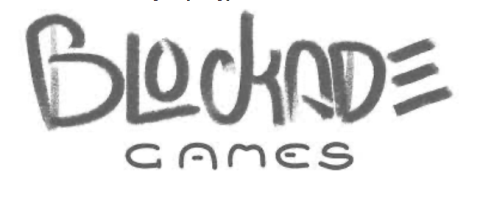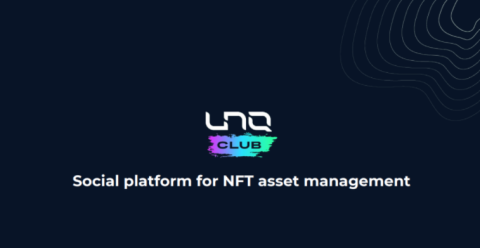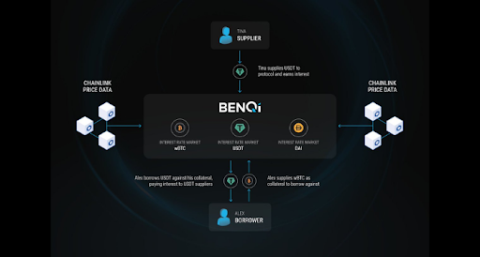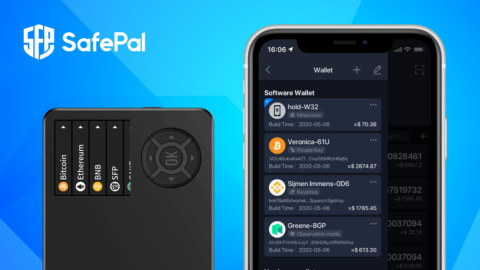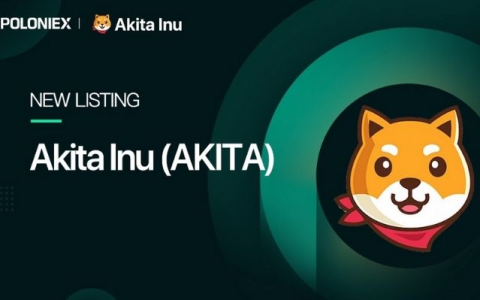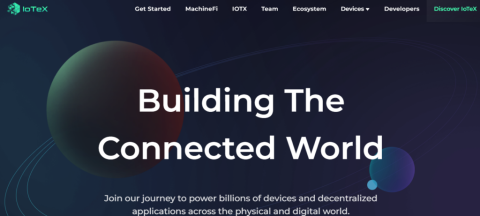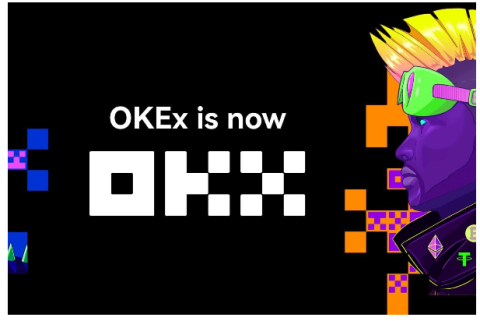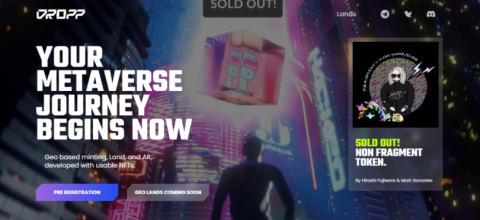What is thena? Discover the outstanding features of Thena and THE . token

Ngoài PancakeSwap, hệ sinh thái BNB Chain còn có một AMM khác có TVL đạt 150 triệu USD chỉ sau hai tháng ra mắt, dự án này được gọi là Thena.
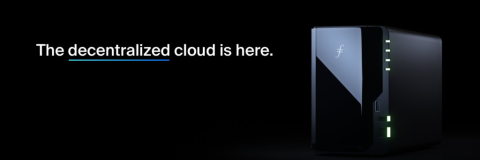

Filecoin is a decentralized storage network, based on the Interplanetary File Storage (IPFS) protocol. It is a file system and peer-to-peer storage protocol developed by Protocol Labs. When a file is uploaded to the IPFS network, the file is assigned a unique signature and multiple nodes can store all or part of it.
These files can be requested by any user with access to the address through a unique signature. Since any node can store a copy of the file, so provides the ability to recover the file on the Internet. Many people consider IPFS as important as the Bittorrent protocol created by Bram Cohen.
Filecoin is designed to leverage unused global storage into an efficient storage marketplace, from which users can pay for low-cost storage. The goal is to make sure the file storage is permanent and distributed across the web. This is in contrast to a centralized cloud storage solution like Amazon Web Services, Google Cloud or Dropbox, where data is stored in servers, owned by these private corporations.
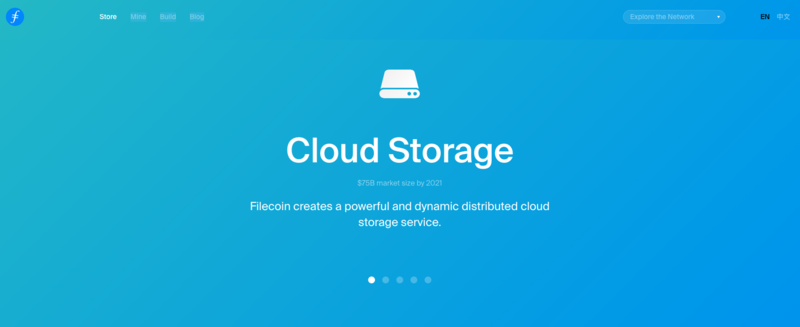
The problem Filecoin is trying to solve, is that Filecoin is looking to provide an alternative to traditional online storage providers and protocols. The platform's technology acts as an incentive layer for the IPFS (Inter Planetary File System) peer-to-peer file transfer system. This is aimed at reducing redundancy, increasing permanence and improving efficiency.
In Filecoin, users pay to store their files on storage miners. Storage miners are computers that are responsible for storing files and proving that they have stored files correctly over time. Anyone who wants to store their files or get paid to host other users' files can join Filecoin. The amount of storage available and the price of that storage is not controlled by any company. Instead, Filecoin facilitates open markets for storing and retrieving files that anyone can participate in.
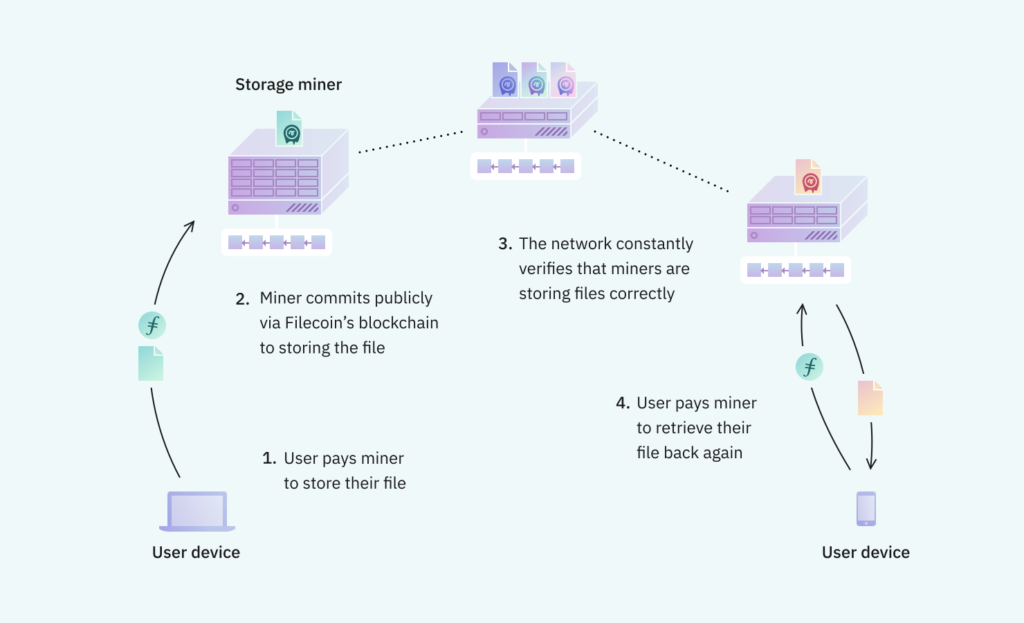
Filecoin's vision is to build a decentralized storage system that will store "humanity's most important information". Due to the decentralized nature of the blockchain network, the information stored on Filecoin is privacy protected. The owners of the files are the sole custodians of their data. No one can change or censor the stored data. At the same time, this data can be retrieved as needed.
Benefits of Filecoin for users
Users can choose a preference between cost, redundancy, and speed, by choosing the miner with the storage offer that best suits their needs. Filecoin allows users to store their files at super competitive prices and verify that their files are being stored correctly.
Benefits of Filecoin for Hosting Providers
Hosting providers can be individuals or organizations, responsible for running operators. In return, they earn FIL tokens.
Filecoin allows hosting providers to sell their storage on the open market. After the provider implements the Filecoin protocol, they gain access to the entire market of Filecoin users.
Vendors do not need to design their own storage API or advertise their products themselves as this is handled by the Filecoin protocol and network. Filecoin enables a thriving, decentralized ecosystem of independent storage providers by removing barriers to entry.
Benefits of using Fillecoin
Filecoin is getting stronger and stronger and the Filecoin ecosystem is thriving. Protocol Labs recently released a comprehensive picture of the Filecoin ecosystem, including “applications and clients, Protocol Labs, development tools, infrastructure, and ecological capital.” This is a huge and great ecosystem for Filecoin to grow on the mainnet. Although the mainnet has been running for less than 6 months, the Filecoin network already has one of the most active developer ecosystems in Web 3.0 .
Filecoin's ecological support projects:
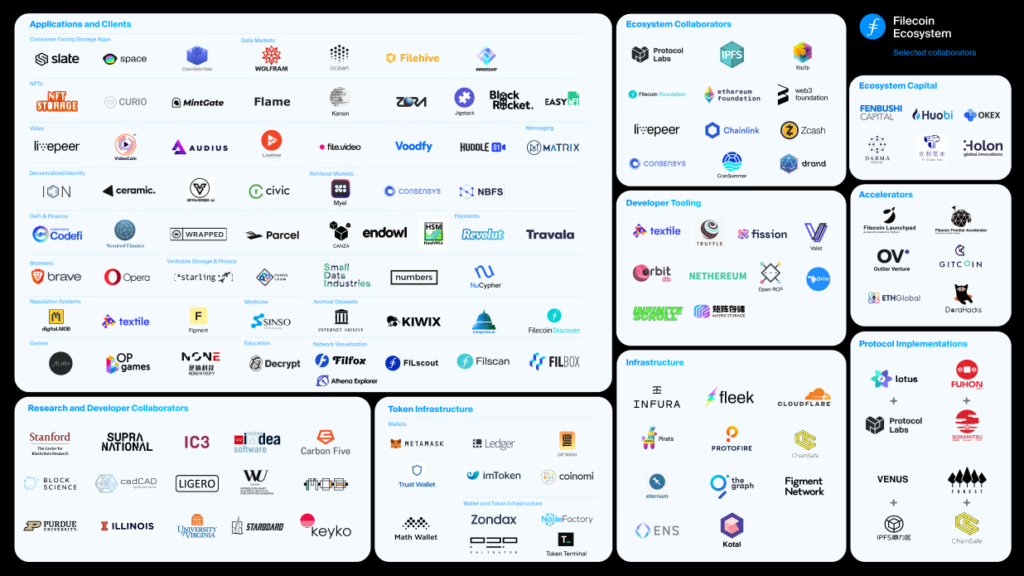
Dev infrastructure and tools
CID Gravity
What is CID Gravity?
With the massive amount of digital storage needed by the world in the coming decades, Filecoin offers a viable product for everyday users. However, more work can be done to meet the needs and expectations of enterprise-class users. CID Gravity is building a system to bring Filecoin to the level of enterprise responsiveness.
What problem does CID Gravity solve?
Project link: CID gravity
SkillWallet
What is SkillWallet?
At the heart of all Web 3.0 interactions and decentralized communities in general is the decentralized autonomous organization, or DAO. However, DAOs face an uphill battle when it comes to managing entire communities without the right set of tools and features. SkillWallet hopes to make the Web 3.0 community more secure through Web 3.0 NFT. NFTs are non-transferable and help define a DAO member's role in the community.
What problems does SkillWallet solve?
DAOs are designed to be autonomous, but the crux of the matter is that they need mapped roles to get things done. A collection of individuals who are fans of something, without any natural division of roles, can start several projects but will not be able to complete them. SkillWallet allows the creation and assignment of roles associated with a non-transferable NFT, identifying each individual but without affecting their individual identity or data. This innovation could be a turning point for how Web 3.0 communities define users and assign tasks.
Project link: SkillWallet
The Convo Space
What is The Convo Space?
With so many social platforms available, people can easily experience platform overload. However, if there was an overall social framework to which anyone could be seamlessly linked and from anywhere on the Internet, things might be a little better. The Convo Space makes it possible for any Web 3.0 platform to grow a social class and achieve the above.
What problem does The Convo Space solve?
The Convo Space hopes to avoid this annoyance by building a framework that seamlessly connects Web 3.0 platforms, allowing users to stay connected, no matter where they are on the Internet. The aim is to eliminate the inconvenience of being kicked out of channels and make chats a smoother experience.
The Convo Space strives to bring aggregation to the Web 3.0 space. If the user wants to change the community, all their chats can go with them and not limit the discussion to a single site. Users will never have to start over. Every single data point is connected to the blockchain. Artists and developers can connect with their audience and take them anywhere.
Project link: The Convo Space
Autonomy Network
What is Autonomy Network?
Autonomy in the decentralized web is inevitable and the autonomous network provides a framework for autonomy for decentralized exchanges.
What problem does Autonomy Network solve?
Cryptocurrency traders, decentralized exchanges, and Dapp developers have struggled with implementing risk management. Autonomy Network provides a simple way to access risk management, such as limits and stops, that can be integrated into any project.
Autonomy Network is also not limited to automating DeFi as it can be used to automate almost any on-chain action. Automation on Web3 is only a matter of time. Autonomy Network is a framework that allows bots to grow rapidly across the entire decentralized web.
Project link: Autonomy Network
DeFi
Hedgey Finance
What is hedgey finance?
Hedgey Finance is a protocol for adding options markets to any token.
Hedgey Finance offers options contracts for all markets. Options are marketable agreements that give the holder the right to buy or sell a commodity (in this case, a token) at a specific price. Some options expire and are therefore limited to a specific period of time. Options open up the potential for a much more flexible market movement.
What problem does Hedgey Finance solve?
Hedgey's dashboard makes it easy for users to view available bids and calls (options) on any market. The dashboard also provides a handy way to manage trading portfolios.
To date, no one else in the world has offered options trading for crypto assets, so this is a revolutionary step to add leverage to crypto traders. It's a uniquely scalable product that creates an optional framework for the DeFi space. Hedgey Finance acts as both a treasury management infrastructure and an options trading platform.
Project link: Hedgey
Tamago Finance
What is Tamago Finance?
Tamago Finance is a DeFi protocol that creates synthetic tokens for wide distribution on real world markets in Asia.
Tamago Finance helps to make the Asian market more accessible through its protocol. Asia offers a ready market for synthetic tokens, mainly because the United States has expressed concerns about trading them. Tamago Finance seeks to make this synthetic token available to Asian markets to enable them to trade more easily and have a wider selection of assets through the token.
What problem does Tamago Finance solve?
Project link: Tamago Finance
SmartFunds
What are SmartFunds?
Startup funds often have major barriers to entry, such as capital requirements or a narrow investment strategy. SmartFunds seeks to help funds overcome these barriers. Hedge funds typically spend $3 billion on management. SmartFunds simplifies this process and reduces costs significantly by adopting smart contracts .
What problems does SmartFunds solve?
SmartFunds has registered the first US compliant investment fund that has no human administrators but relies on smart contracts to perform its actions. Yield Farming Fund (YFF token) remains the only US hedge fund with no human administrator and no bank account for its own benefit.
Project link: SmartFunds
NFT
Nftfy
What is Nftfy?
Nftfy offers “stakes” in valuable NFTs, allowing smaller stakeholders to take ownership of a portion of profitable NFTs (these NFTs may be too expensive for them to own outright).
What problems does Nftfy solve?
Nftfy offers a unique way to approach buying and selling NFT works. NFT shards provide another method of exchanging value on-chain, with each part of the NFT having its own weight as a subset of the whole. It is easy to look at this as a company, where each fractional component of the NFT is a share, which can be traded independently of the company itself. Thus, NFT fractions can "discover" their own prices on the open market, demonstrating true free market principles.
Project link: Nftfy
Paras
What is Paras?
Paras is a comic book company that aims to take digital comic book ownership to the next level. Accessibility of physical comics is limited, whereas digital comics are hard to obtain but accessible from anywhere in the world. Paras wants to provide both accessibility and ownership.
What problem does Paras solve?
The NFT nature of Paras allows comic book collectors to have an actual digital asset that they can lend or sell as they see fit. These NFTs have no maintenance costs and as a digital product, there is no need to worry about the comics getting damaged over time. Paras allows artists to sell complete comics or individual copies, with each purchase recorded on-chain. The project hopes to focus on meeting the needs of both cryptocurrency traders and comic book collectors.
Project link: Paras
Fractio
What is Fractio?
Fractio links real-world data to NFTs. It helps to maximize NFTs more than just representational bits. By linking real-world data to the NFT, it transforms the NFT into a growing digital canvas. Dynamic NFT is what Fratio helps create.
What problem does Fractio solve?
Dynamic NFT will most likely be the next step in the evolution of the technology. Currently, NFTs are still images or dynamic videos that cannot be changed once they are created. However, with dynamic NFT, things are a lot different. The representations of specific objects may vary based on their real-world data. For example, baseball cards minted as NFTs can be updated to reflect current player data, keeping their information fresh.
Project link: Fractio
Games and metaverse
MoNA Gallery
What is MoNA Gallery?
This is a metaverse society devoted to the appreciation and exhibition of high-end 3D art.
The world is rapidly moving towards a reality where people are spending more and more (probably most) of our lives in the virtual world instead of the real world. These worlds depended on 3D artists, and more and more talent landed on Web 3.0 as the metaverse took shape. However, today's Web 3.0 infrastructure can often force 3D artists to compromise the quality of their work to match the current bandwidth of decentralized technologies. MoNA Gallery believes that artists need not compromise and is building a solution to help.
What problem does The MoNA Gallery solve?
Project link: MoNA Gallery
Blockbets Corp
What is Blockbets Corp?
Many games today are designed to serve game companies, not users. They have a lot of good mechanics, but don't always give the end user a way to monetize their skills. Blockbets hopes to give potential players the opportunity to earn money (P2E) through games.
What problem does Blockbets Corp solve?
Project link: Blast
0xEssential
What is 0xEssential?
Web 3.0 gamers today can't easily play cross-platform. 0xEssential is building a platform where gamers' NFTs can function no matter what platform they come from. 0xEssential is building a place where NFTs can provide an alternative revenue stream for their creators.
What problem does 0xEssential solve?
Protocol Lab
Protocol Labs is an American company that builds Internet infrastructure technology. Founded in 2014 by Juan Benet, the company acts as a research, development, and implementation lab for network protocols. Protocol Labs leads groundbreaking Internet projects, such as IPFS (decentralized web protocol) and Libp2p (a network of stack modules for applications and peer-to-peer systems).
Team and community
Protocol Labs' core team consists of people with deep expertise in decentralized systems, cryptography, fintech, open source software development, and open source community management. More than 1,700 individuals and organizations globally have contributed to Protocol Lab-led open source projects.
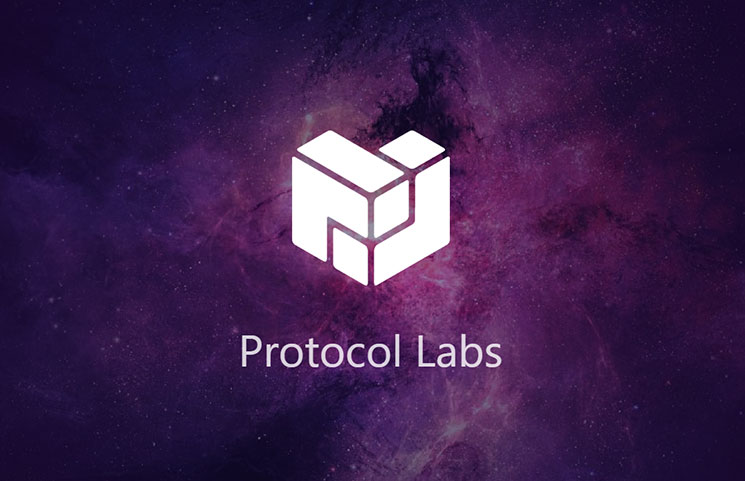
The Filecoin ICO was the largest token sale in history, bringing in a whopping $257 million. The combined pre-sale and ICO represent 10% of the total token allocation. The mainnet launch was done in October 2020.
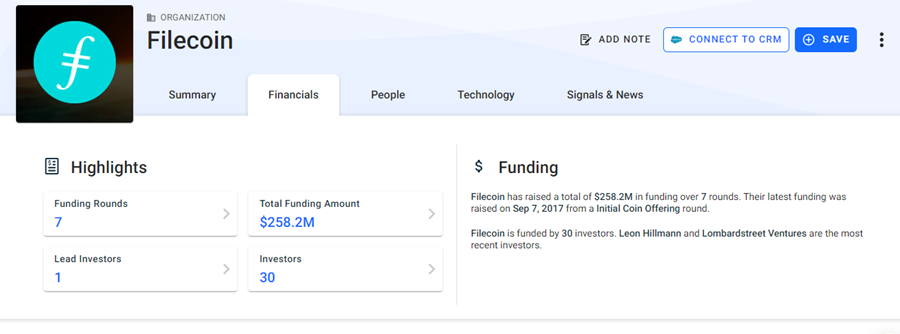
FIL is the utility token of the Filecoin network.
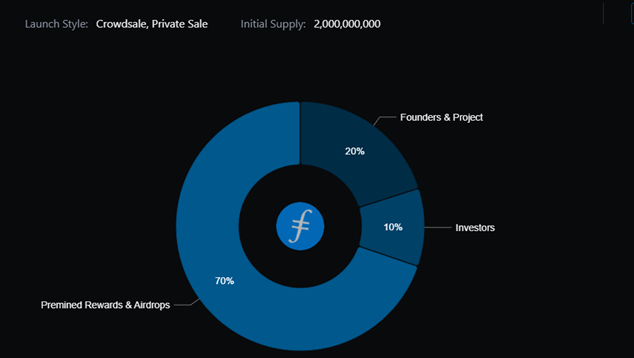
Filecoin is used to pay for storage, retrieval and transactions in the network:
Updated to the present time
The official Filecoin network launched in October 2020, and since then, the storage capacity available on the platform has grown exponentially. That number recently crossed the 2.5 billion gigabyte (2.5EiB) threshold, enough space to hold more than 10,000 copies of Wikipedia.
Pricing for Filecoin storage services is established based on free competition and changes in supply and demand, but is generally considered to compete with centralized cloud storage services.
Cloud storage providers like Amazon and Google make a lot of money. This shows that the demand in the market is huge. If customers decide to trust decentralized services, they could find themselves saving a lot of money. This money will also go directly into the economy as it will go to individuals and small businesses, which can have a significant positive impact on people's lives.
Filecoin is a public open source cryptocurrency and digital payment system that aims to be a collaborative digital data storage and retrieval method developed based on blockchain. This is a relatively potential project, promising to make a significant contribution to the data storage market.
If interested in the Filecoin project, readers can visit the project's social networks:
Project Information | Twitter | Blog | GitHub | Medium | Whitepaper
Ngoài PancakeSwap, hệ sinh thái BNB Chain còn có một AMM khác có TVL đạt 150 triệu USD chỉ sau hai tháng ra mắt, dự án này được gọi là Thena.
Blockade Games provides a platform that allows developers to create blockchain games. In addition, Blockade Games also creates many interesting free games.
UNQ Club is a project that provides a blockchain platform that allows investors to collect and manage existing NFT assets.
BENQI is one of the important pieces of the Avalanche ecosystem. Join TraderH4 to find out what BENQI (QI) is as well as detailed information about the QI token.
In addition to a cryptocurrency storage wallet, SafePal is also known to many investors for its SFP tokens and airdrop events with attractive rewards.
The fever from Akita Inu in the Crypto market in the past time has created a great buzz along with the rapid development of the "dog house token".
What is IoTeX? This is a blockchain built and developed in conjunction with the Internet of Things (IoT). Join TraderH4 to learn this article.
What is OKB? OKB is an exchange coin of OKX and the OKX Chain blockchain. Let's learn about OKX and OKB exchanges with TraderH4 in this article.
DROPP GG brings an innovative and novel idea to provide an NFT mint platform based on geographies outside of the real world.
CronaSwap is a DEX built on Cronos Chain, which has a similar model to Uniswap.
